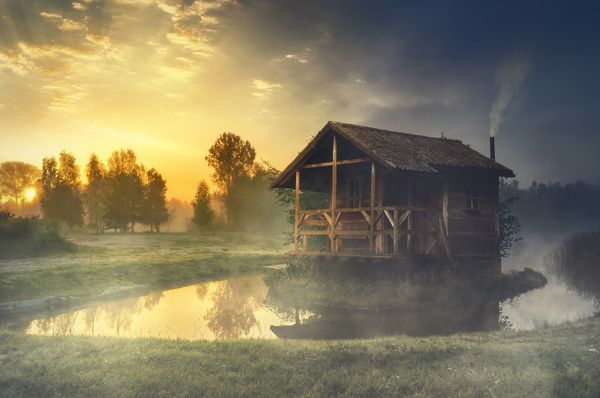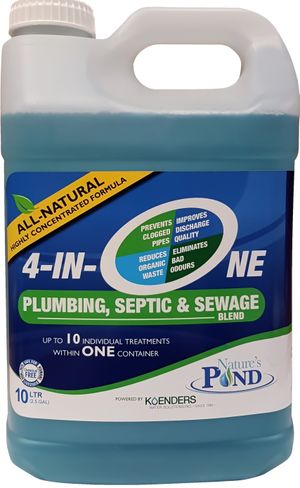
What is an Ecosystem?
“An ecosystem is a geographic area where plants, animals, and other organisms, as well as weather and landscape, work together to form a bubble of life. Ecosystems contain biotic or living, as well as abiotic factors, or nonliving parts. Biotic factors include plants, animals, and other organisms”.
If a species that is not indigenous is introduced to an ecosystem, the balance of the ecosystem is altered, resulting in competition for limited resources, the potential extinction of plants and animals, and diminished biodiversity. Once established, an invasive species can be difficult, if not impossible to eradicate.
Invasive Aquatic Plants
If you own a pond for recreational use or a lovely cottage by a lake, you know how irritating it is to go swimming or fishing and have your feet or fishing line entangled with aquatic plants.
Here are some common invasive aquatic plants:
- Yellow Floating Heart
- Hydrilla
- Water Chestnut
- Coontail
- Curly Pondweed
- Eurasian Watermilfoil
Of these, Eurasian Watermilfoil (EWM) is one of the most irksome to cottagers!
Facts about EWM:
Introduced in the 1940’s through the aquarium trade, Eurasian Watermilfoil has become one of the most widespread invasive aquatic plants in North America.
- EWM can flourish in a range of environmental conditions in ponds, lakes, streams, and connecting waters if they are low energy; slow flow with minimal wave action.
- EWM can photosynthesize at low temperatures, giving it a head start in spring.
- EWM grows from the bottom and is most often found in shallow water 1 to 3 meters deep (3 to 10 feet), but can be found at depths up to 10 meters (33 feet). When EWM reaches the surface, it spreads out, forming a dense canopy of green.
Consequences of EWM
Since Eurasian Watermilfoil growth kick starts in early spring, it can quickly outcompete indigenous species of aquatic plants for sunlight. This can adversely impact an aquatic ecosystem.
Controlling Eurasian Watermilfoil
Once established, Eurasian Watermilfoil is near impossible to eradicate, but there are measures you can take to control its spread:
- Drain, clean, and dry canoes, kayaks, and other watercraft.
- Inspect boat motors, paddles, life jackets, and fishing gear.
These steps help prevent EWM from spreading to other parts of a lake or to another body of water where it has not been introduced.
Raking & Removing
A measure of control can be achieved with raking and removing. EWM can be removed with our Cutter ‘N’ Rake.
Note: If you cut up EWM, remove as many fragments as possible! Each fragment has the potential to become a new plant.
Nutrient Pollution from Septic Systems
Phosphorus and nitrogen are two common sources of nutrient pollution. Around lakes improperly maintained septic systems are not only a source of nutrient pollution that can fuel blue-green algae blooms, but also the growth of E.coli and salmonella.
Blue-green algae in normal numbers is a sign of a healthy lake. If blue-green algae blooms get big and numerous, that’s a sign of high nutrient levels. There’s that ecosystem balance again! Eurasian Watermilfoil also thrives in nutrient rich water.
Maintain your septic system and reduce nutrient pollution with Nature's Pond '4-In-One Plumbing, Septic & Sewage'.
Our 4-in-One blend is designed to metabolize fats, oils, and greases in drains and plumbing as well as consume nutrients and organic solids and sludge from your septic system. As it makes its way to the septic system, it reduces organic solids and sludge by 50%, and strips the nutrients from anything that is being discharged back into the ground.
Let’s do our part to help keep our recreational water sources clean and clear!
